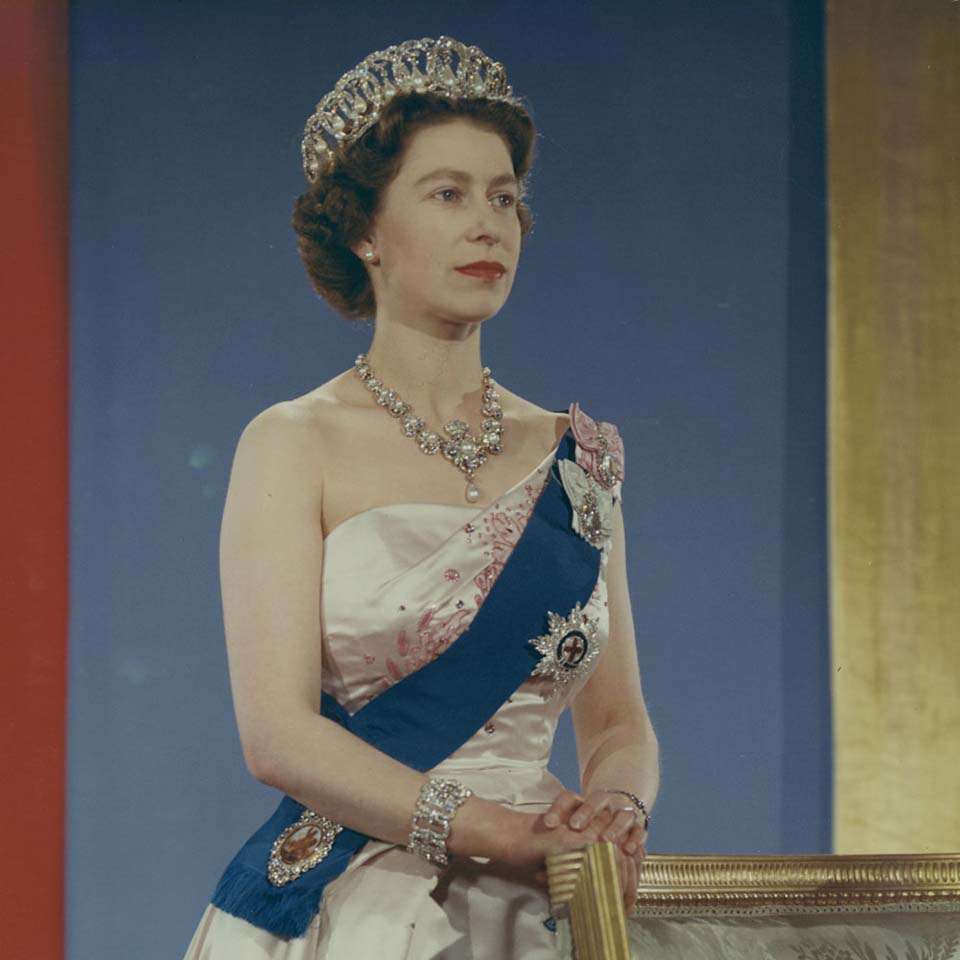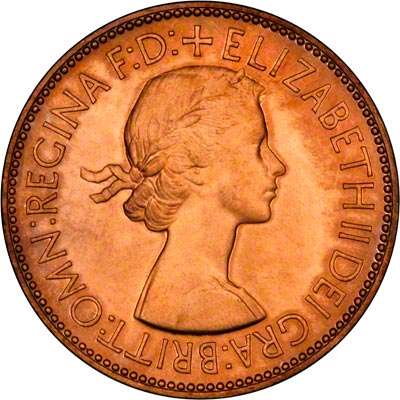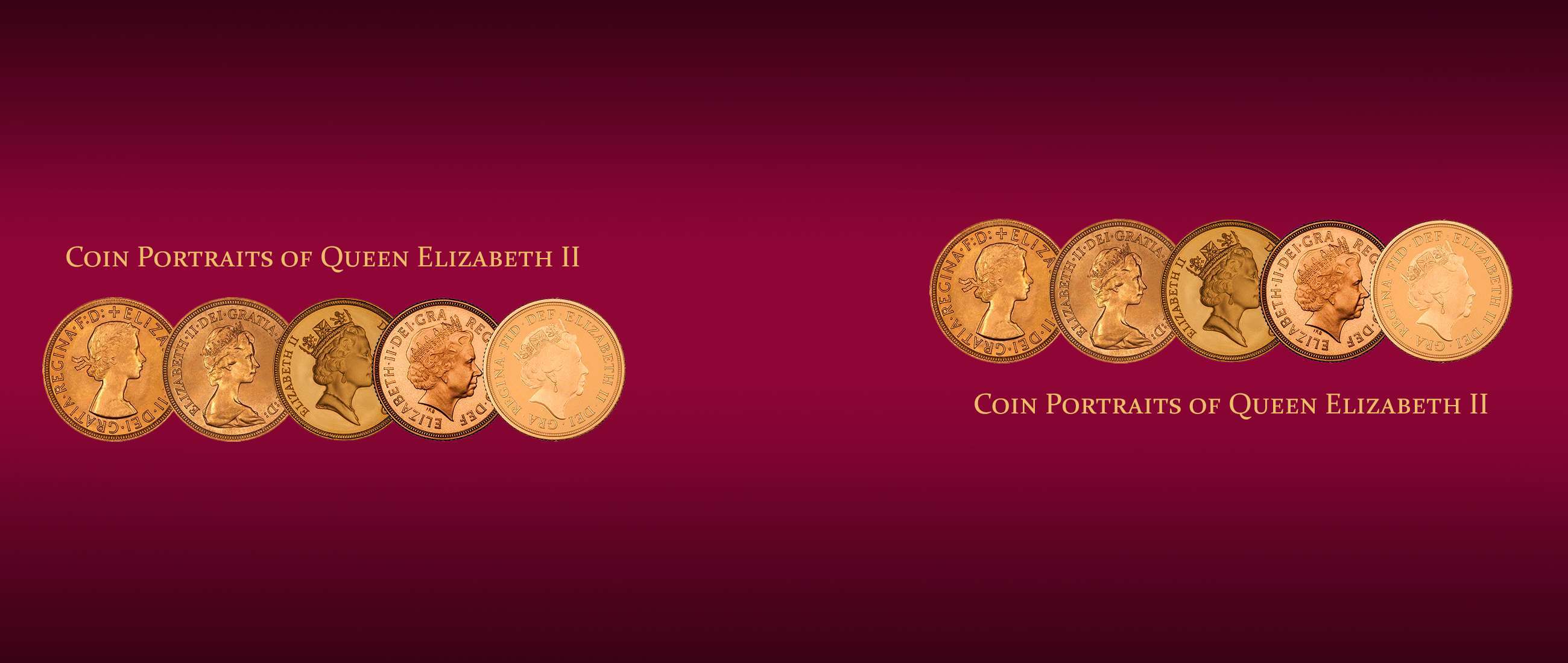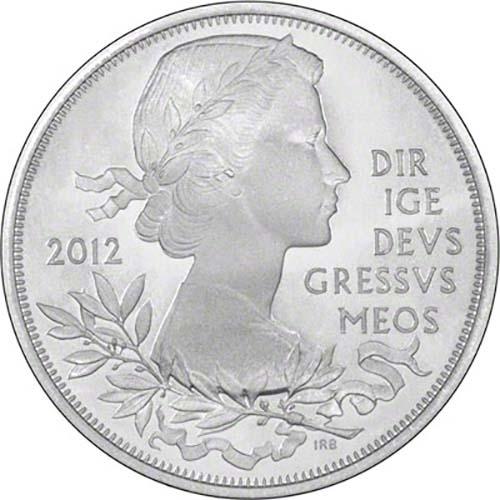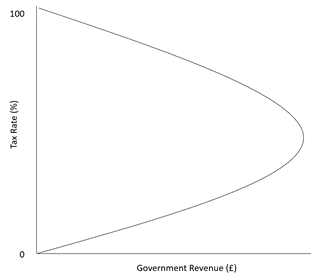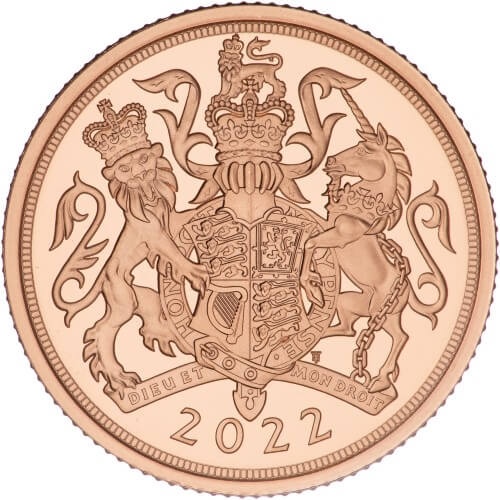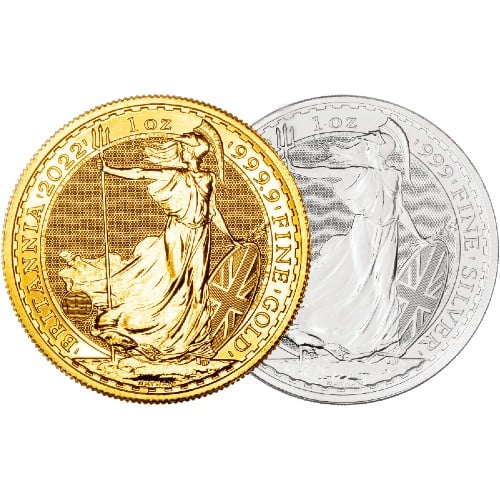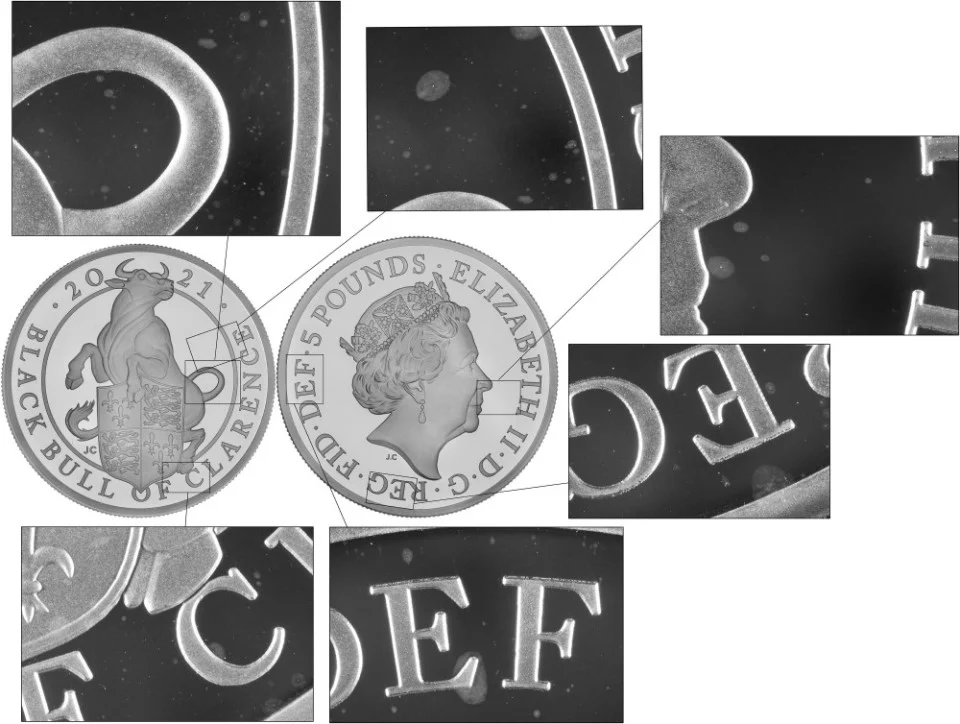Queen Elizabeth II passed away. What will happen to coins for 2023?
Synopsis
In the afternoon of September 8th, 2022, Queen Elizabeth II passed away as the UK's longest-serving monarch. She died at Balmoral aged 96, in the presence of her family, after reigning for 70 years on the throne.
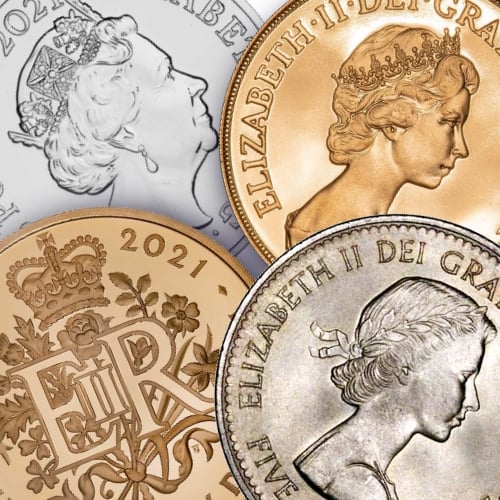
Queen Elizabeth II passed away
In the afternoon of September 8th 2022, Queen Elizabeth II passed away at Balmoral in the presence of her family. She was the UK's longest-serving monarch, having reigned for 70 years.
The outcome of this sad time is that Operation London Bridge is in motion, a plan of events that will take place in the 10 days of mourning our Majesty. The operation will conclude Queen Elizabeth II's reign and announce Charles, the Prince of Wales, as King Charles III on September 9th, 2022.
What will happen to Queen Elizabeth II on coins 2023 and Onwards?
With the passing of Queen Elizabeth II, British coins and notes will be replaced over time with King Charles III portrait. The Bank of England states that there is a reported 4.7 billion banknotes in circulation with the Queen's face on. These will be replaced by notes featuring King Charles III. Old coins and notes which feature Queen Elizabeth II will remain legal tender until a certain date in the future, yet to be confirmed.
On Friday 30th September 2022, the first King Charles III coinage portrait was unveiled on the 2022 50 pence. Furthermore, King Charles III's portrait faces left on the 50 pence coin and does not wear a crown just like previous kings before him.
Also, the text on the new coin says "CHARLES III • D • G • REX • F • D • 5 POUNDS • 2022" that can be translated as King Charles III, by the Grace if God, Defender of the Faith.
The Royal Mint announced the new Charles III portrait has been confirmed to appear on all UK coinage that ranges from 1 penny to £2 coins. Moreover, the £5 crown coin will feature the new memorable reverse design that shows Queen Elizabeth at the start and end of her 70-year-long reign as Queen of England.
What happened to money when King George VI died?
King George VI was an avid smoker and did eventually suffer from smoking-related problems, such as coronary thrombosis. On 6 February 1952, King George VI underwent a lung operation but failed to recover and passed away at the age of 56, with the funeral held at St George's Chapel in Windsor. When King George VI died in 1952, money featuring his portrait remained in circulation until 1971 when decimalisation was introduced.
However, the British florin, or two-shilling coin, that was issued under George VI's reign remained in circulation after Decimal Day. In 1987, the government announced a new ten pence, reduced in size, and issued in 1992. The old Florin as a result was demonetised on 30 June 1993, the florin was the last coin in general circulation just prior to decimalisation being withdrawn.
In the autumn of 1952, three sets of proof coins were struck to commemorate Queen Elizabeth II's coronation in 1953. The three sets each included the following: £5, £2, Sovereign and a Half-Sovereign.
These proof coin sets include Bendetto's Pistucci's iconic design of St George and the Dragon on the reverse. Today the sets are located at the following:
- British Museum
- Royal Collection
- The Royal Mint Museum
The first bank notes of England that featured Queen Elizabeth II's portrait were the £1 note, issued in 1960.
What happened to money when Edward VIII abdicated the throne?
King Edward VIII sparked a crisis when he abdicated the throne in 1936, after just 326 days of being King, to marry the American, Wallis Simpson. The only coins issued during his reign were British West African pennies of 1936, which did not feature a portrait. No British coins were issued in his name, apart from rare patterns of prospective coinage, which were intended to be issued following his coronation. One of the sovereigns of Edward VIII was sold at the "Hemisphere" collection for £516,000 - the highest price ever paid for a British coin at auction.
After Edward VIII's reign, George VI came to throne on 11th December 1936, after his brother's abdication. A four-coin proof series was issued to celebrate George VI's coronation, on 12 May 1937. The four-coin proof series included the following: £5, £2, sovereign and a half-sovereign.
What happened to money when King George V died?
King George V became king-emperor on 6 May 1910 after the death of his father Albert Edward otherwise known as King Edward VII. The reign of King George V saw the British coinage decline after 1921. Silver content in silver coins was reduced from 0.925 sterling silver to 0.500 fineness. Additionally, Britain came off the 300-year-old gold standard, and the production of sovereigns ceased, not to be resumed for several years.
King George V, just like his son, died from smoking. He was succeeded 11 months later by his eldest son, Edward VIII. Monarch portraits traditionally changed direction, in which the head facing should alternate between the coinage of successive monarchs. Edward VIII however disagreed and is the only monarch to not follow this rule, as he insisted on his likeness facing left like his father's portrait.
What happened to money when Edward VII died?
King Edward VII was the eldest son of Queen Victoria and Prince Albert of Saxe-Coburg and Gotha, and was also known by his nickname Bertie. On 22 January 1901, Queen Victoria died, and Edward became King of the United Kingdom, Emperor of India, and the British Dominions. Edward was crowned at Westminster Abbey on 9 August 1902 after some medical concern regarding his inflamed appendix.
The last sovereign of Queen Victoria was released in 1901, the year of her death. The first Sovereign minted for Edward was in 1902, with Edward VII's portrait facing to the right.
What happened to money when Queen Victoria died?
Queen Victoria was born to Prince Edward and Princess Victoria of Saxe-Coburg-Saalfeld on 24 May 1819. By the late 1820s, it became apparent that Victoria was likely to inherit the throne due to the failure of her father's elder brothers to produce surviving, legitimate sons. William IV was succeeded by his niece Victoria in the United Kingdom and his brother Ernest Augustus in Hanover.
Victoria took over the throne one month after her 18th birthday in 1837. William IV's last Sovereign was released in 1837 as well as some unknown mintage Queen Victoria pattern sovereign coins released in the same year. The first known Queen Victoria Sovereign mintage (2,718,694) was the 1838 Sovereign which was designed by William Wyon and Jean Baptiste Merlen.
What happened to money when William IV died?
William IV was born in 1765 at Buckingham Palace. William was the third son of George III and is probably most famous for abolishing slavery throughout the British Empire. In 1830, William's eldest brother George IV died at the age of 67 from his declining health which was exacerbated by his heavy drinking and eating habits, making him obese.
George IV's last sovereign that was minted before his death was the 1830 sovereign. William's first sovereign was released in the same year of his brother’s death and continued till his death in 1837.
After a seven year reign, the Sailor King William IV died of heart failure at Windsor Castle. His niece Victoria succeeded him as Queen of Great Britain and Ireland. King William IV and Queen Adelaide's coronation took place on 8 September 1831.
What happened to money when George IV died?
George IV was born in 1762 to George III and Queen Charlotte, the first of 14 children. George had a short reign as King of England (1820-30) as he was a grossly obese monarch that suffered from extremely poor health and died in 1830.
George IV's coronation was an expensive affair, and he spent over eighteen times the sum his father (King George III) had spent on his own coronation. George IV died unloved and unmourned by most of his subjects, who compared his reign unfavourably with his frugal and considerate father's.
George's last sovereign that was minted with his portrait was the 1830 sovereign and then transitions in the same year to his younger brother William IV.
2023 Coins that are expected to still include Queen Elizabeth II
With such short notice, we can expect that these coins may include Queen Elizabeth II on the obverse.
- Perth Mint 2023 Lunar Coins
- 2023 Yale of Beaufort Tudor Beasts Coins
What Affect Does Queen Elizabeth II Passing Have on the Commonwealth
The 14 Commonwealth regions, in addition to the UK, will be affected by Elizabeth II's passing as there will be a currency change. Australia is one of the commonwealth countries that will have mixed feelings about the death of Queen Elizabeth II, the reason being the republic party's stance on the Australian monarchy.
History of Queen Elizabeth II Coinage Portraits
There have been five coin portraits on British coinage since Elizabeth II's accession to the throne on 6 February 1952.
- First Definitive UK Coin Portrait - Introduced in 1953, one year after the Queen acceded to the throne. The sculptor, Mary Gillick designed the first portrait.
- Second Definitive UK Coin Portrait - The second portrait was designed by artist, Arnold Machin and was used until 1984.
- Third Definitive UK Coin Portrait - The third portrait, designed by sculptor Raphael Maklouf, was used between 1985 and 1997.
- Fourth Definitive UK Coin Portrait - The fourth portrait was designed by sculptor, Ian Rank-Broadley and was used from 1998 until 2015.
- Fifth Definitive UK Coin Portrait - The fifth portrait was designed by Jody Clark and was used from 2015 until 2022 (final year of reign).
Related Articles
Popular Products
This guide and its content is copyright of Chard (1964) Ltd - © Chard (1964) Ltd 2024. All rights reserved. Any redistribution or reproduction of part or all of the contents in any form is prohibited.
We are not financial advisers and we would always recommend that you consult with one prior to making any investment decision.
You can read more about copyright or our advice disclaimer on these links.


